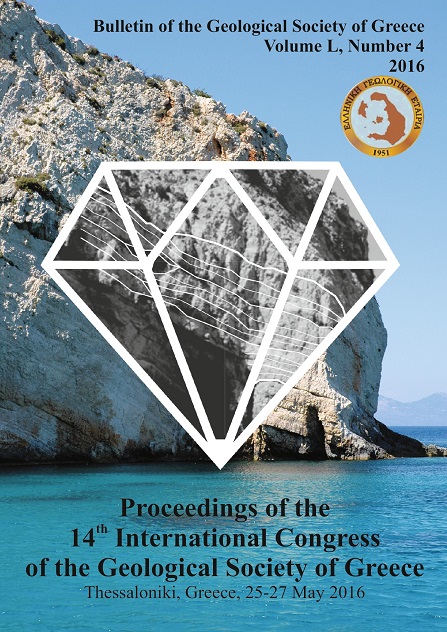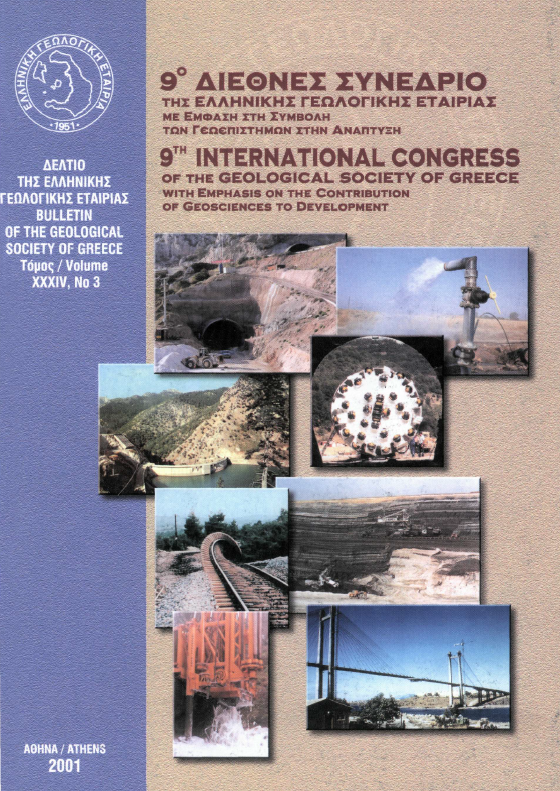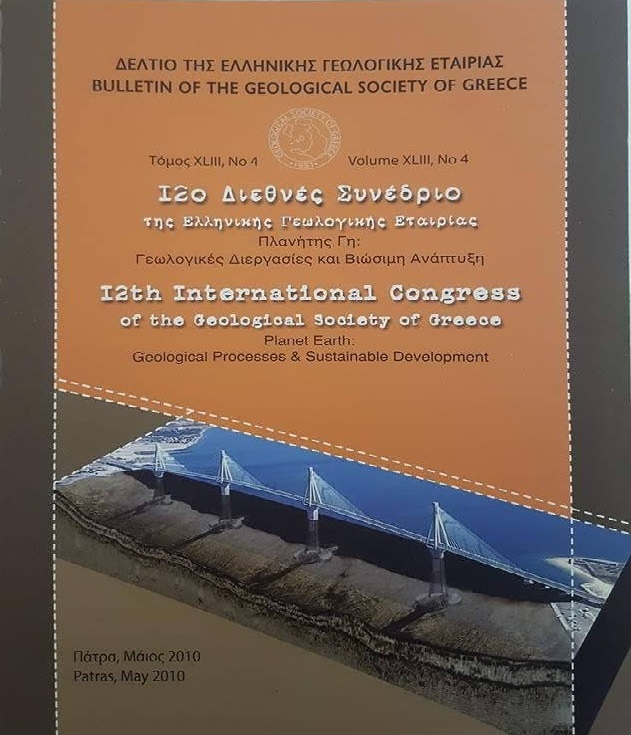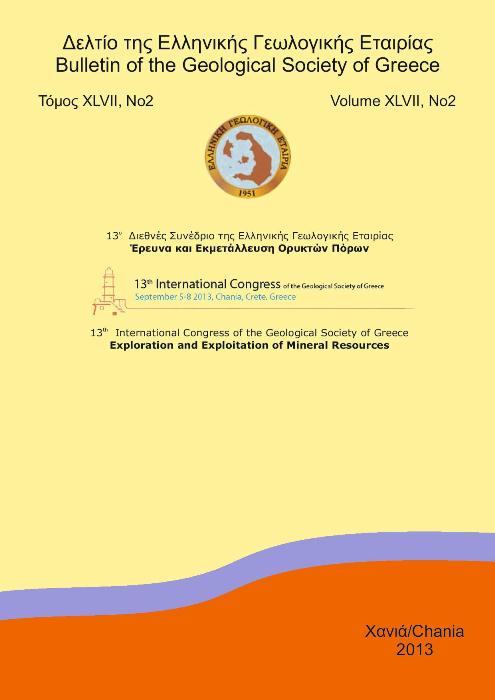NEW APPROACHES TO THE REVEGETATION AND RECLAMATION OF OLD TAILING MANAGEMENT FACILITIES: THE EXAMPLE OF THE CASSANDRA MINES
Résumé
Vegetation cover is a cost effective method for reclaiming old mine wastes and tailings disposal sites. Physicochemical characteristics of wastes and tailings are often inimical to successful vegetation establishment. In this research revegetation and reclamation of old tailings management facilities at Cassandra Mines was investigated. The research was conducted in three stages. In the first stage, the physicochemical characteristics of the mining wastes were studied and methods for reduction of the bioavailability of heavy metals by adding various amendments such as material rich in Mn and Fe oxides (by-products of pyrolusite industry, zeolite, phosphates, Fe oxides, Feo etc.) were investigated. In the second stage, the suitability of different plant species for revegetation of the mine wastes in greenhouse conditions was investigated. The results of this stage showed that the species Nerium oleander can be used successfully to stabilize the surface of the old mining wastes followed by a reduction of heavy metals bioavailability. In the third stage (pilot experiment), the six best treatments of greenhouse experiment were used in two sites (Olympias, Karakoli) with three repetitions per treatment. The plants were fertilized and irrigated for two growth periods. Biometrical characteristics of Nerium oleander (leaf area, height of plants, weight of leaves and number of branches) and concentrations of the elements in the leaves of the plants were determined. One year after, a number of other plant species colonized the area with natural processes. These plants were recorded, collected and identified and the chemical compositions and bioaccumulation factors were determined. The growth of Nerium oleander was successful for almost all treatments. The revegetation and stabilization of the experimental plots resulted to a quick colonization by various plant species. Thirty five (35) different plant species were recorded in “old Olympias tailings pond” and forty (40) species in “old Karakoli tailings dam”. Treatments affect the number of plant species colonized the experimental plots. The best treatments contained material rich in oxides of Fe and Mn.
Article Details
- Comment citer
-
Alifragkis, D., Vavelidis, M., Gazea, B., Voulgaridou, E., Galatsianou, A., & Daftsis, E. (2016). NEW APPROACHES TO THE REVEGETATION AND RECLAMATION OF OLD TAILING MANAGEMENT FACILITIES: THE EXAMPLE OF THE CASSANDRA MINES. Bulletin of the Geological Society of Greece, 50(4), 2283–2295. https://doi.org/10.12681/bgsg.14294
- Rubrique
- Environmental Geology

Ce travail est disponible sous licence Creative Commons Attribution - Pas d’Utilisation Commerciale 4.0 International.
Authors who publish with this journal agree to the following terms:
Authors retain copyright and grant the journal right of first publication with the work simultaneously licensed under a Creative Commons Attribution Non-Commercial License that allows others to share the work with an acknowledgement of the work's authorship and initial publication in this journal.
Authors are able to enter into separate, additional contractual arrangements for the non-exclusive distribution of the journal's published version of the work (e.g. post it to an institutional repository or publish it in a book), with an acknowledgement of its initial publication in this journal. Authors are permitted and encouraged to post their work online (preferably in institutional repositories or on their website) prior to and during the submission process, as it can lead to productive exchanges, as well as earlier and greater citation of published work.






